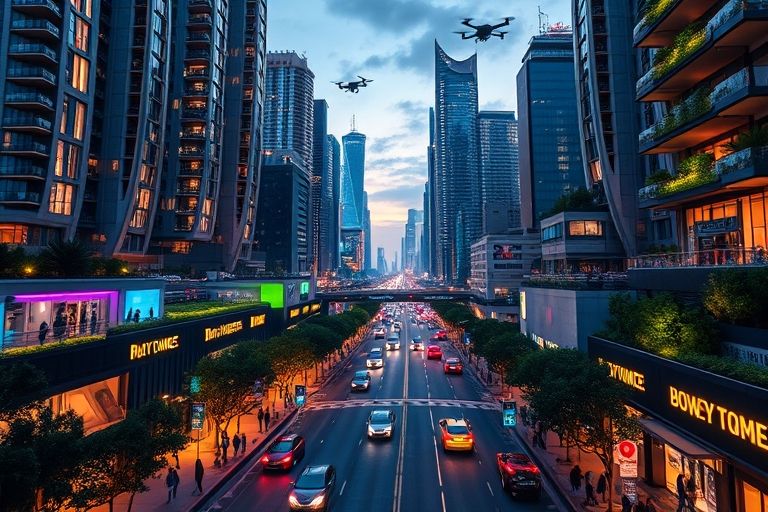
The concept of smart cities is gaining traction around the world as urban populations continue to grow. A smart city is an urban area that uses technology and data to improve the quality of life for its citizens and to enhance the sustainability of its infrastructure. Artificial intelligence (AI) is an essential tool in building smart cities, as it can help to optimize city services, reduce energy consumption, and improve public safety.
Smart cities employ a range of technologies to collect data and improve infrastructure. Some of the most common examples include:
These technologies all rely on AI to collect and analyze data, making them more efficient and effective. For example, AI algorithms can analyze traffic patterns to optimize traffic light timings, reducing congestion and emissions. AI can also help to predict demand for city services, allowing city planners to allocate resources more efficiently.
Building a smart city requires a coordinated effort from a range of stakeholders, including city governments, technology companies, and citizens. Some of the key steps involved in building a smart city include:
By working together, these stakeholders can create a sustainable and livable urban environment that benefits everyone.
Here are some interesting facts and statistics about smart cities and AI:
Smart cities and AI have the potential to revolutionize urban living, making cities more sustainable, efficient, and livable. By investing in smart city technologies and working together to build comprehensive data strategies, cities can create a better future for their citizens.